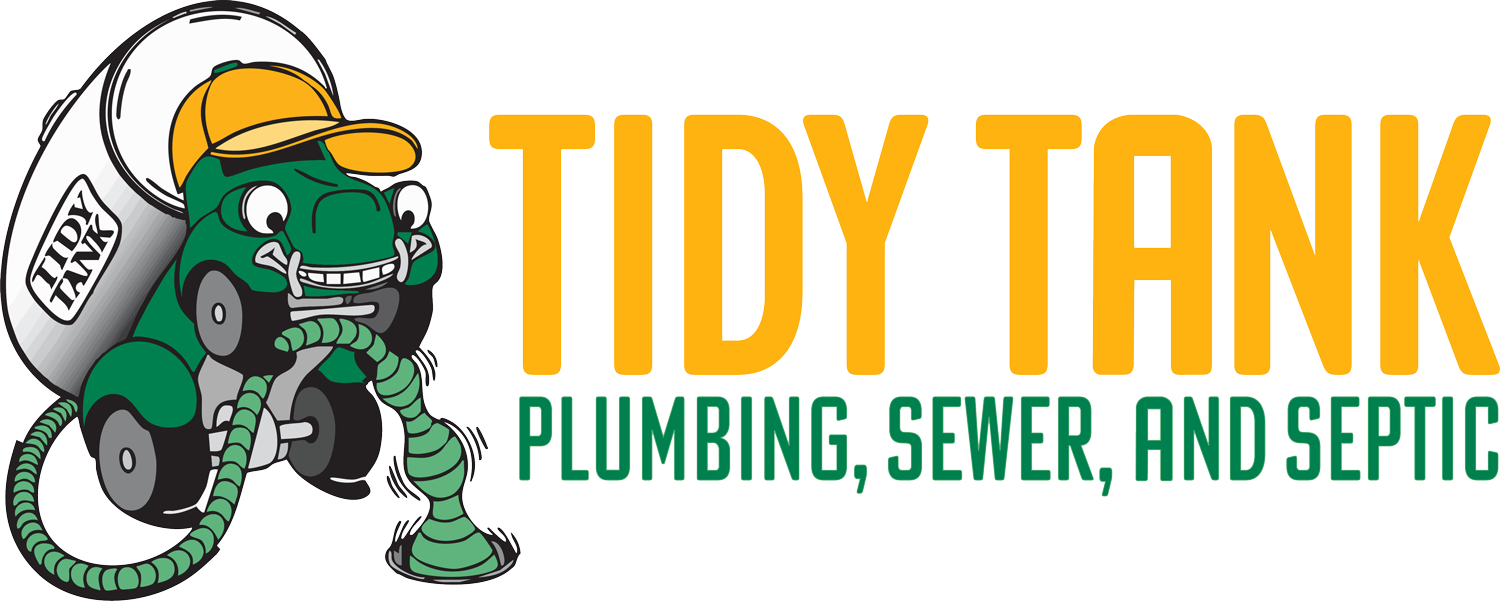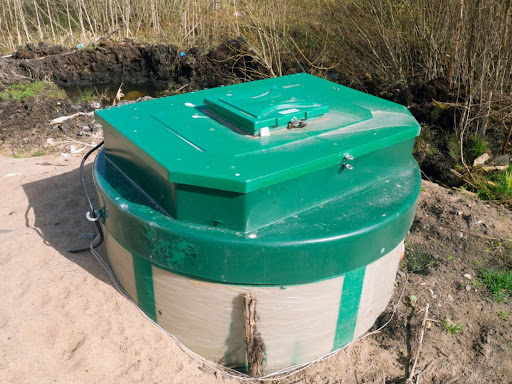Homeownership comes with its fair share of decisions — from choosing paint colors to the type of lawn you want. But there are behind-the-scenes systems that are crucial to your home’s functionality and comfort, with the septic system being a prime example. Many homeowners find themselves puzzled when faced with choosing between an aerobic vs. anaerobic septic system. Both systems have their unique advantages and functionalities, but understanding the difference between aerobic and anaerobic septic systems can seem daunting at first.
Let’s delve into how each system operates so that you can make an informed decision when it comes time for an installation.
The Basics of Aerobic and Anaerobic Systems
The two primary types, aerobic and anaerobic, bear similarities in that both leverage bacteria and other microbes to treat wastewater. However, they differ fundamentally in the methodology and environment in which these microorganisms operate. Understanding the nuances is key to maintaining an efficient waste management system on your property.
Before diving into the differences between an anaerobic and aerobic septic system, it’s essential to grasp what both systems entail at their core.
Aerobic Septic Systems
Aerobic septic systems involve a process that requires oxygen to aid aerobic bacteria in breaking down and treating waste. This system is more complex, consisting of three main parts: a trash tank, a treatment tank (where the aerobic process takes place), and a dispersal system. Aerobic systems are known for their efficiency in treating wastewater to a level that’s often safe for surface dispersal through methods like sprinkler heads.
Anaerobic Septic Systems
On the other hand, an anaerobic system operates without the need for added oxygen. The treatment process relies on anaerobic bacteria to break down waste in a more traditional septic tank setup. This system is simpler and typically consists of a single tank where the breakdown of solid waste occurs, followed by the separation of effluent that is then dispersed into a drain field.
Key Differences: Aerobic vs. Anaerobic Septic Systems
Understanding the difference between aerobic and anaerobic septic systems is important. Having a grasp of both options allows homeowners to make choices that align with their needs, preferences, and environmental considerations.
Process and Efficiency
The most significant difference between aerobic and anaerobic septic systems lies in their operational processes and efficiency. Aerobic systems, with the help of oxygen, facilitate a faster and more complete breakdown of waste, producing effluent that’s cleaner and safer for the environment. Anaerobic systems, while efficient in their right, typically require more space for the effluent to be adequately filtered through the soil in the drain field.
Installation and Maintenance Costs
When considering aerobic vs. anaerobic septic systems, it’s essential to account for initial installation and ongoing maintenance costs. Aerobic systems are generally more expensive to install due to their complexity and the additional equipment required. However, their maintenance, while more frequent, can prevent costly repairs down the line. Anaerobic systems, being simpler, cost less upfront but might incur higher long-term maintenance expenses, especially if drain field issues arise.
Environmental Impact
From an environmental perspective, the difference between aerobic and anaerobic septic systems is noteworthy. Aerobic systems treat wastewater to a degree that significantly reduces pathogens and nutrients before it reaches the environment, making it a preferable option for properties close to water bodies or with high groundwater levels. Anaerobic systems, while effective, might pose a higher risk of contamination if not properly maintained or if the drain field fails.
Making the Choice: Factors to Consider
Choosing between an aerobic vs. anaerobic septic system involves several considerations beyond just cost and efficiency. Homeowners should evaluate their property size, soil type, proximity to sensitive environmental areas, and local regulations. Additionally, understanding the maintenance requirements and potential impact on property value can guide a well-informed decision.
Population and Usage
The number of people in a household and the intensity of water usage play a significant role in deciding between aerobic and anaerobic systems. Larger households may benefit from the increased capacity and efficiency of aerobic systems.
Environmental Factors
The immediate and broader environmental setting of a property is paramount. A property adjacent to a water source or within an environmentally sensitive area may require the superior treatment capabilities of an aerobic system.
Cost Impact
Upfront costs, operational costs, and long-term maintenance expenses are critical factors that can influence a homeowner’s choice of septic system. While aerobic systems may incur higher initial costs, the long-term benefits of not having to treat a failing system or degrading the environment may outweigh these costs.
Aerobic and Anaerobic Septic System Maintenance
Regardless of the type, septic system maintenance is non-negotiable. Aerobic systems require regular checks to make sure the aerator and other mechanical components are functioning correctly. Anaerobic systems, while less mechanically complex, still need periodic pumping and inspection to prevent backups and other issues. For both systems, adopting habits that reduce strain on the septic, like minimizing water waste and avoiding harsh chemicals, can extend their lifespan and efficiency.
Contact Us Today for a Smoother Tomorrow!
The difference between aerobic and anaerobic septic systems encompasses various factors, from operational efficiency to environmental impact. By understanding these differences, homeowners can choose a system that aligns with their needs.
Choosing the right septic system is just the beginning. Regular maintenance and prompt repairs are key to prolonging its lifespan and securing its efficiency. Tidy Tank Septic Service stands ready to assist with all your septic needs, from leach field rejuvenation to aerobic septic pump replacement. Our team of qualified professionals is committed to providing reliable, high-quality service to keep your septic system running smoothly.
Contact us today to schedule your service and take the first step toward hassle-free septic system maintenance!

